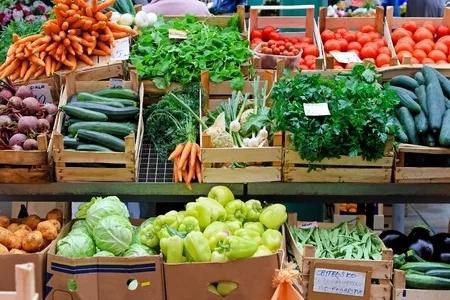Study: Fresh Produce Bacteria Can Thrive Despite Routine Chlorine Sanitizing

The use of chlorine is quite common in the agricultural industry to sanitize fresh produce. Now, new research conducted by researchers at the University of Southampton indicates that chlorine could be making foodborne pathogens in fresh produce undetectable.
"VBNC cells cannot be detected by standard laboratory culture techniques, presenting a problem for the food and water supply industries, which uses these techniques to detect potential disease contaminants," says Bill Keevil, study author, professor, and head of the microbiology group at University of Southampton.
This study found that chlorine, a sanitizer commonly used for fresh produce, induces a viable but nonculturable (VBNC) state in the foodborne pathogens Listeria monocytogenes and Salmonella enterica. It was also found that chlorine is ineffective at killing total populations of the pathogens. A life span reduction was observed in Caenorhabditis elegans that ingested these VBNC pathogens, with VBNC L. monocytogenes as infectious as its culturable counterpart. These data show that VBNC foodborne pathogens can both be generated and avoid detection by industrial practices while potentially retaining the ability to cause disease.
The study has been published in mBio, a scholarly journal published by the American Society for Microbiology.
Sign up for Food Safety Magazine’s bi-weekly emails!
Subscribe to our podcast: Food Safety Matters!
Looking for quick answers on food safety topics?
Try Ask FSM, our new smart AI search tool.
Ask FSM →








